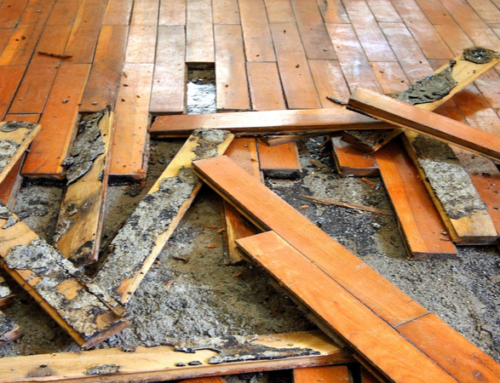Q: We purchased our home six months ago and just found out there is a covenant requiring a 15 foot side yard setback in our area.
Our setback is only ten feet. We had a real estate agent, attorney and bought title insurance and no one told us about this or gave us a copy of the covenant.
We never would have bought this home if we knew this. What are our options?
A: Please don’t rush to judgment on this one. Your situation is rather common. In some parts of the country, zoning regulations and other covenants that include setback requirements similar to yours were enacted after homes were built in a neighborhood.
In these cases, the homes are considered to be legal. You might even hear someone refer to your home as being “legal but non-conforming.” This means that the home is okay as it is but does not conform to the current zoning or covenants that govern your neighborhood.
If the home you purchased is an existing home that was built 50 or more years ago, you probably don’t have to worry. If the home is a new home, you may have cause for concern.
You indicated that you had a real estate agent, attorney and bought title insurance for your closing.
First and foremost, did you hire the attorney to represent you personally in this transaction and not as the closing attorney? If you hired the attorney on your behalf, he or she should have reviewed the survey and the title for the property you were buying. A properly prepared survey should show the setback line.
If the survey showed the setback line, the title company should have raised as an exception to title the encroachment of the home over the setback line by five feet. At that point, your attorney should have discussed with the title company a way to insure your title against problems that may arise later during your ownership of the home.
If the survey did not show the setback line or you did not get a survey with the purchase of your home, and the title company did not list the setback line on its title commitment, your attorney would not have known about the restriction and could not have known that the home was 5 feet over the line.
If your attorney knew the issue existed and didn’t discuss this issue with you at, or prior to, the closing, that was a mistake. Nothing might have changed if the attorney discussed this issue with you, but at least you would have known about it and have felt more comfortable with what you were buying and the risks involved.
Your decision to buy the home might not have changed but you would have been an informed buyer.
For homes that were built some time ago, title companies in many states can issue endorsements to their title insurance policies to protect buyers from the possibility that local authorities or a neighborhood association would attempt to enforce the rules and force you to move your home back five feet. If you received this endorsement you have the added comfort of knowing that the title company will pay for damages you might sustain if you are forced to move the home or make changes to the home.
Unfortunately if a sloppy builder recently constructed a home over the setback line, the local municipality may still enforce the setback requirement and force you to move the home or reconfigure the home to conform requirement.
If the setback requirement is a private covenant — that is a covenant by an association that rules your community — the association would have the authority to enforce its rules. You would have to find out what action the association can take against a homeowner that violates the rules. The previous owner or the builder might have already complied with any enforcement action brought against it. You might find that the setback rule is on the books but there isn’t anybody that can enforce it. If the prior owner or builder satisfied the homeowners association or the setback rule is not enforceable, then you’re all set.
Finally, if all the homes in the neighborhood violate the setback rule, it’s possible that the setback requirement was ignored a long time ago and can’t be enforced at all.
If your home is new and was built over the setback line, and the setback line is part of the local zoning ordinance, you should find out if the builder of the home obtained a variance to allow the home to be built where it is. If the builder failed to get a variance, you can talk with the local building department to find out if you can get a variance now. Keep in mind that if you fail to get the variance you may have to pay to make the home conform to the zoning requirement.
What you need now is more information. Sit down with your attorney or find a real estate attorney who specializes in zoning.




Can anyone tell me about my neighbors garage that is 8 inches from my lot line. They just bought it from the past owner that i never settled this in court due to legal fees.
They are suppose to have a 7 ft variance..they also got title insurance